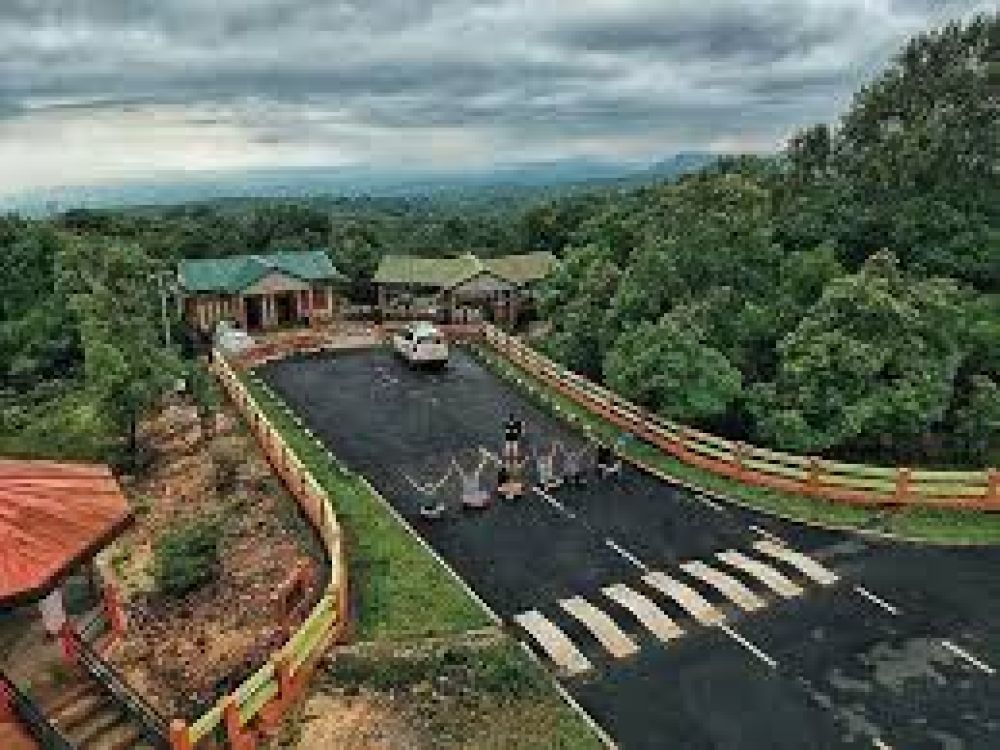

Mawlyngbna, a quaint village in the Mawsynram region of Meghalaya, India, is a relatively recent addition to the tourist map. Situated approximately 60 kilometers south of Shillong, the state capital, Mawlyngbna is nested amidst the lush and verdant landscapes of one of the wettest places on Earth. The history of tourism in Mawlyngbna is intertwined with the broader development of tourism in Meghalaya, which has seen a gradual increase over the years.
Although the state of Meghalaya has been known for its breathtaking scenery and unique cultural heritage, the focus on Mawlyngbna as a distinct tourist destination is a contemporary phenomenon. The village’s tourism history can be segmented into the following phases:
Prior to its recognition as a separate tourist spot, Mawlyngbna had always existed in the shadow of Mawsynram, known for its heavy rainfall. Local inhabitants led a simple life, primarily engaged in agriculture and betel leaf farming, without much intrusion from the outside world.
As the government and private organizations began to recognize Meghalaya's potential for eco-tourism and adventure tourism, the first stirrings of infrastructural development started taking place in the early 2000s. Focused efforts were made to develop roads, improve accommodations, and create visitor-friendly facilities, setting the stage for Mawlyngbna's growth as a tourist spot.
With infrastructural improvements in place, the Meghalaya Tourism Development Corporation and local communities began to actively promote the region's attractions. The untouched nature of Mawlyngbna, its rich fossil deposits, waterfalls, and adventure opportunities started to feature in tourism campaigns and travel literature.
In the last decade, the village has seen significant growth in tourism. The establishment of community-centric tourism, where locals are directly involved in providing engaging experiences like trekking, kayaking, and cultural tours, has resulted in sustainable tourism growth. As a result, Mawlyngbna has made a place for itself not only as a part of Mawsynram tourism but as a notable destination on its own.
The latest tourism trends in Mawlyngbna focus on sustainable and responsible travel practices. Visitors are increasingly looking for authentic experiences that allow them to connect with the local culture and environment. Here are some of the latest trends shaping tourism in this region:
In conclusion, the village of Mawlyngbna in the Mawsynram region stands out as a testament to Meghalaya's evolving tourism scene. From its understated beginnings, it has flourished into a destination that not only supports the economic development of the region but also preserves its ecological and cultural integrity for future generations to cherish.